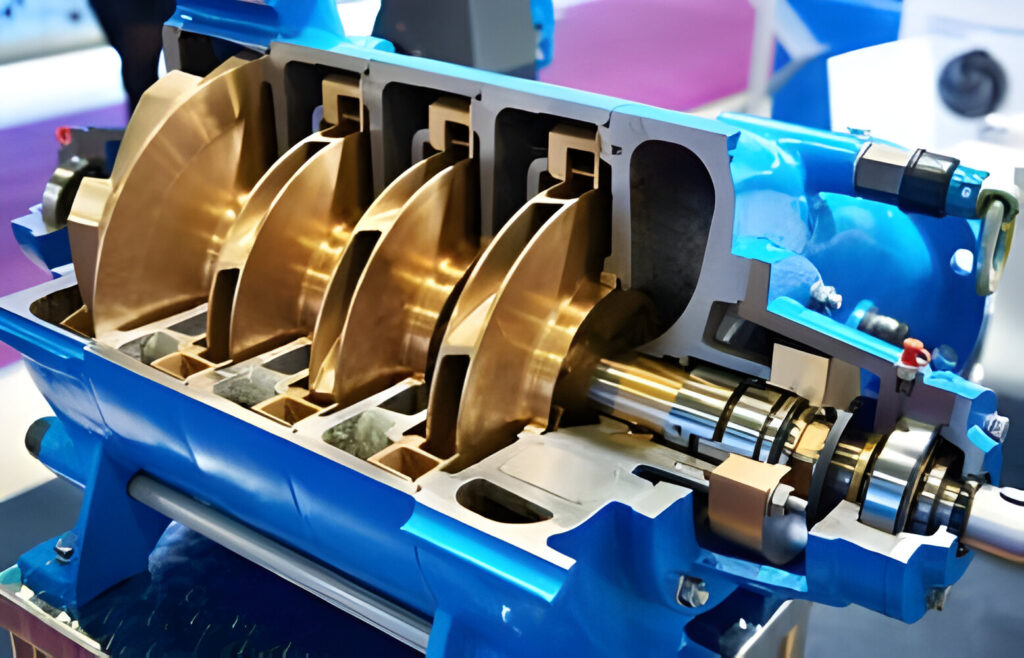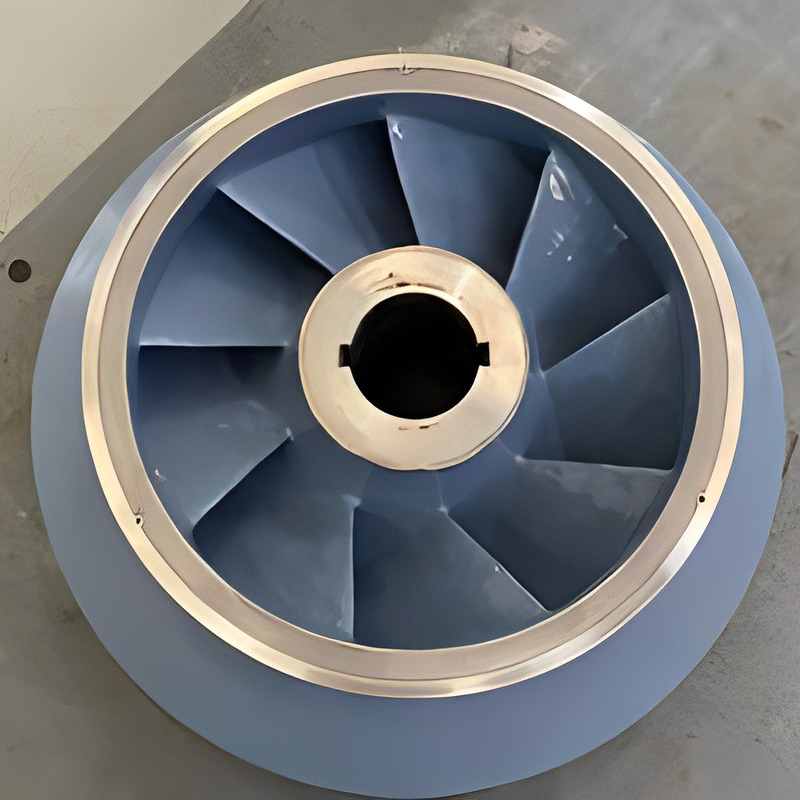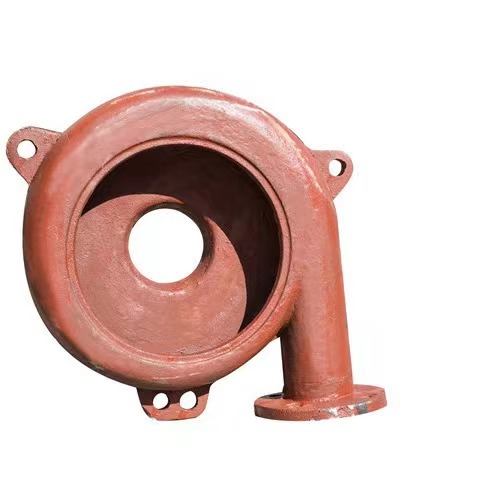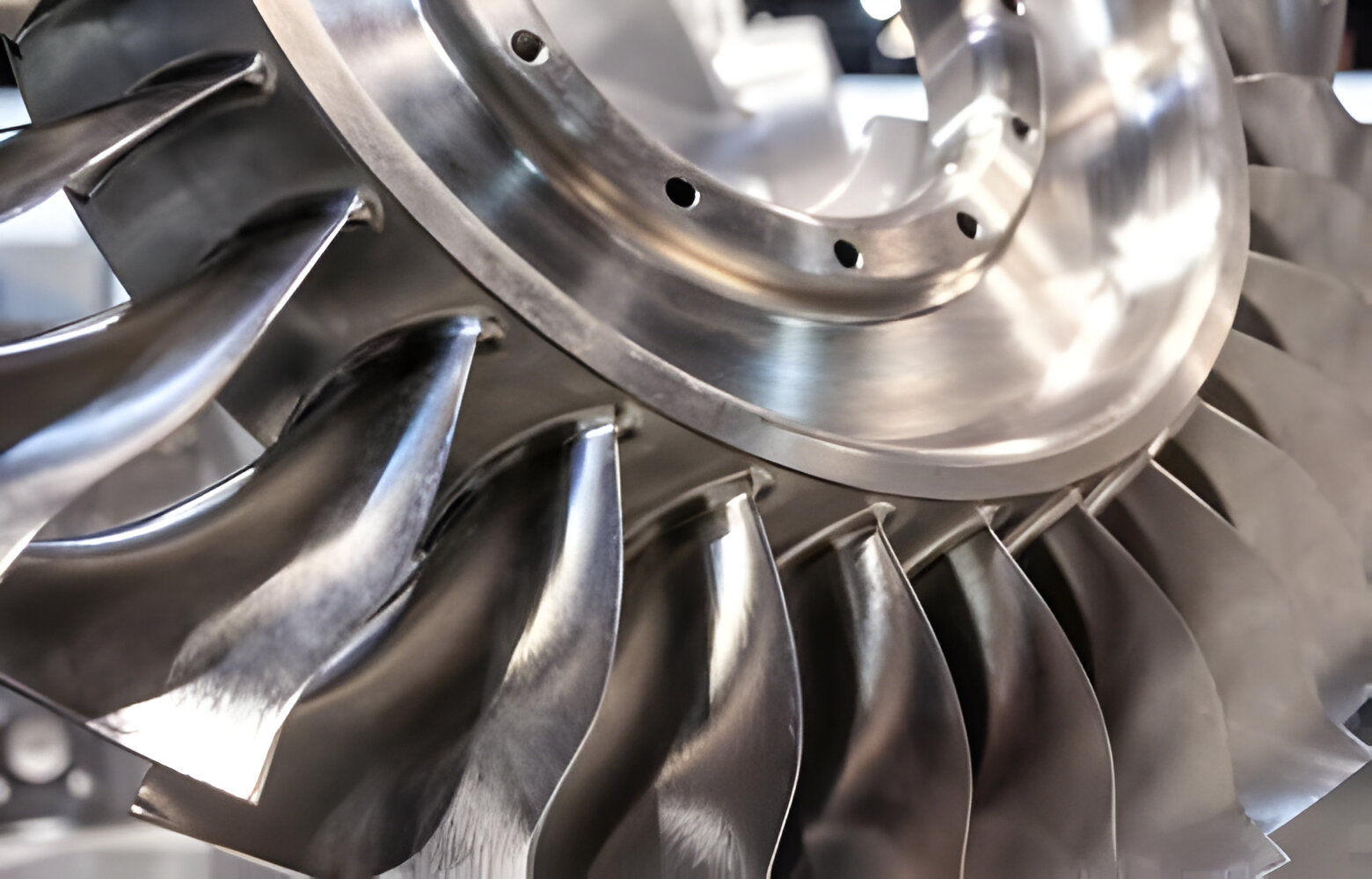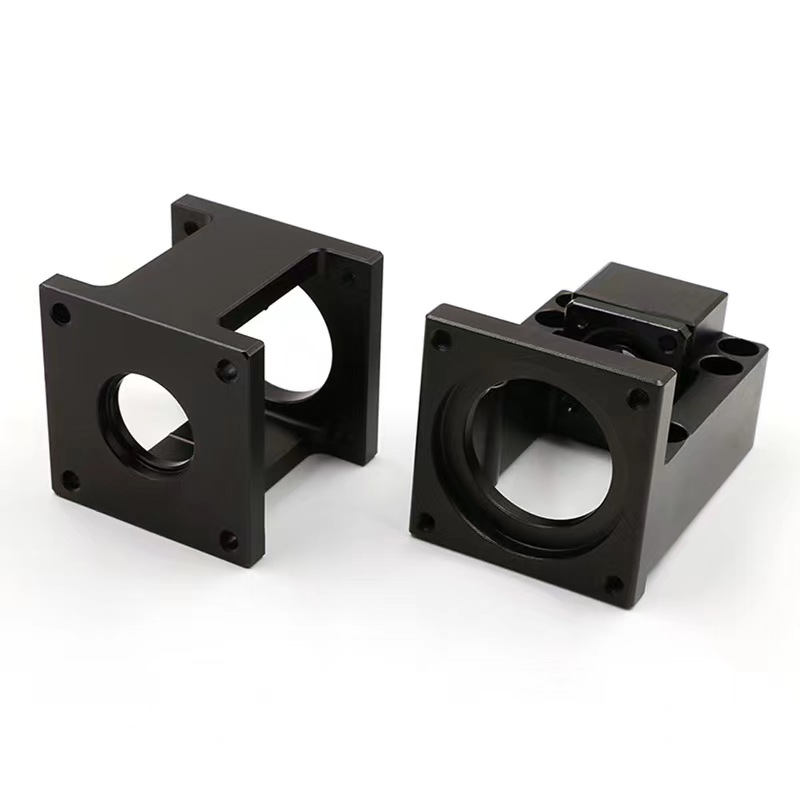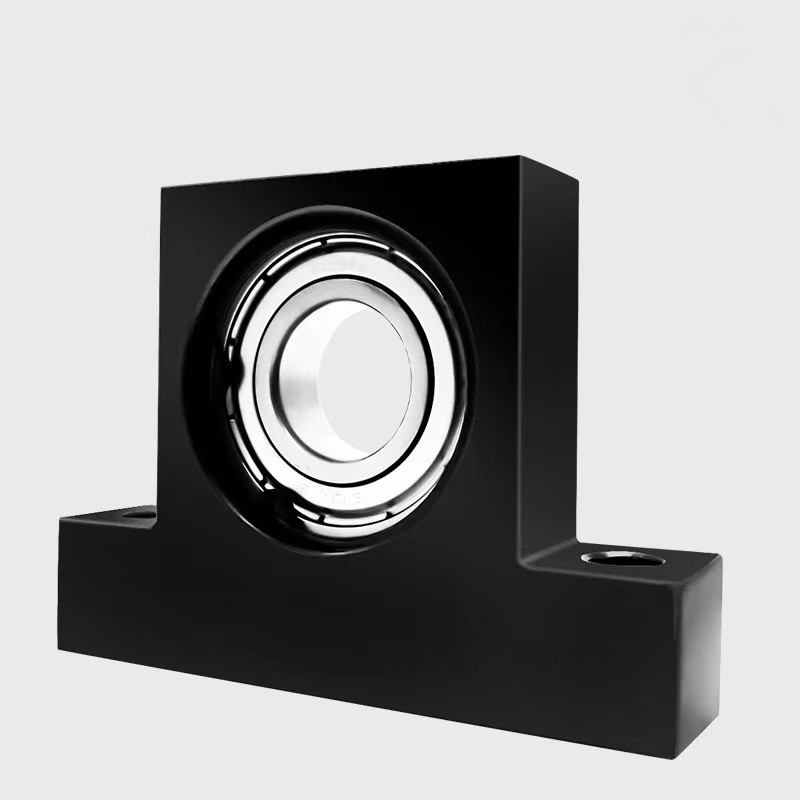In the realm of fluid dynamics and pumping systems, the efficiency and reliability of pumps play a pivotal role in various industries ranging from manufacturing to agriculture. Among the critical components contributing to a pump's performance, the impeller stands out as a key element. The quality and precision of impeller castings significantly impact a pump's efficiency and longevity. Let's delve into the world of pump impeller castings, exploring their manufacturing processes, materials, and applications.
Understanding Pump Impeller Castings
Pump impeller castings are vital components of centrifugal pumps, responsible for imparting kinetic energy to the fluid being pumped. These impellers come in various designs and materials tailored to specific applications. Investment casting and sand casting are the two primary methods employed in manufacturing pump impellers.
Investment Casting: Precision and Versatility
Investment casting, also known as lost-wax casting, is renowned for its ability to produce intricate and high-precision components. This method involves creating a wax pattern of the impeller, coating it with ceramic, and then melting the wax to leave behind a hollow ceramic mold. Molten metal is then poured into the mold, resulting in a precise replica of the wax pattern. Investment casting offers excellent dimensional accuracy and surface finish, making it ideal for manufacturing complex impeller designs.
Fuel pump impellers, boat water pump impellers, and pool pump impellers often benefit from investment casting due to their intricate geometries and stringent performance requirements. Manufacturers like KT Foundry specialize in producing high-quality stainless steel and bronze impeller castings using the investment casting process. These impellers exhibit superior corrosion resistance and durability, ensuring reliable performance in various pumping applications.
Sand Casting: Robustness and Cost-Effectiveness
Sand casting, on the other hand, is a versatile and cost-effective method suitable for producing larger impellers with simpler geometries. This process involves creating a pattern of the impeller in sand, compacting it to form a mold cavity, and then pouring molten metal into the mold. Sand casting offers flexibility in material selection and is particularly suitable for casting large quantities of impellers economically.
While sand casting may not achieve the same level of precision as investment casting, it remains a preferred choice for OEM well-casted impellers and applications where cost efficiency is paramount. Cast iron impellers, commonly used in agricultural and industrial pumps, are often manufactured through the sand casting process due to their robustness and affordability.
Choosing the Right Material: Stainless Steel vs. Cast Iron
The choice of material for pump impeller castings is critical in determining performance, durability, and maintenance requirements. Stainless steel and cast iron are two prevalent materials used in impeller manufacturing, each offering unique advantages.
Stainless steel impeller castings are favored for their exceptional corrosion resistance, making them suitable for pumping corrosive fluids or operating in harsh environments. Stainless steel impellers are also renowned for their high strength-to-weight ratio, allowing for lighter and more compact pump designs without compromising performance. Stainless steel impellers find applications in chemical processing, marine, and wastewater treatment industries.
On the other hand, cast iron impellers excel in applications where abrasion resistance and cost-effectiveness are paramount. Cast iron impellers are rugged and durable, capable of handling abrasive particles present in water or other fluids. These impellers are commonly found in agricultural irrigation systems, municipal water supply pumps, and HVAC systems.
Enhancing Pump Efficiency with Advanced Impeller Designs
The design of the impeller plays a crucial role in determining pump efficiency and performance. Various impeller types, such as closed, open, semi-open, and vortex, cater to different flow rates, head requirements, and fluid characteristics.
Closed impellers feature shrouded blades, imparting higher energy to the fluid and achieving higher efficiency compared to open impellers. Semi-open impellers strike a balance between efficiency and solids handling capability, making them suitable for wastewater and slurry pumping applications. Vortex impellers are specifically designed to handle fluids with high solid content without clogging, making them ideal for sewage and drainage pumps.
Furthermore, incorporating pump diffusers along with impellers can significantly enhance pump performance by reducing turbulence and improving flow uniformity. Pump systems equipped with optimized impeller-diffuser configurations exhibit higher efficiency and reliability, translating to energy savings and reduced maintenance costs.
Pump impeller castings are integral components of centrifugal pumps, driving fluid flow in various industrial, commercial, and residential applications. Whether it's fuel pump impellers for automotive applications or cast iron impellers for agricultural irrigation, the quality and precision of impeller castings are paramount for optimal pump performance.
Manufacturers like KT Foundry specialize in producing high-quality impeller castings using advanced manufacturing processes such as investment casting and sand casting. With a diverse range of materials, including stainless steel and cast iron, coupled with expertise in impeller design and manufacturing, KT Foundry offers reliable solutions tailored to meet the diverse needs of pump manufacturers and end-users.
For inquiries about our premium impeller castings and other precision components, visit our website at kt-foundry.com and unlock the potential for enhanced pump performance and efficiency.

